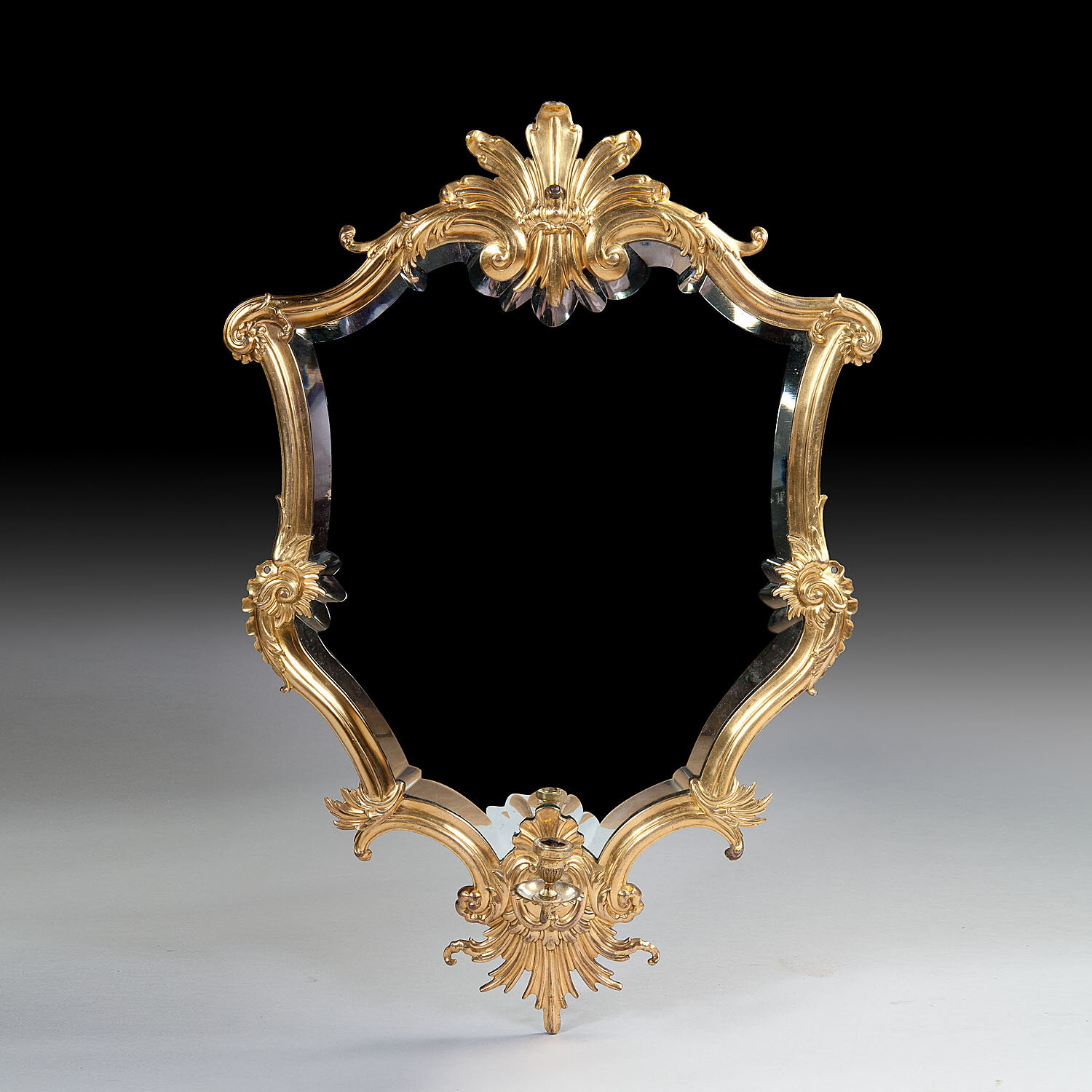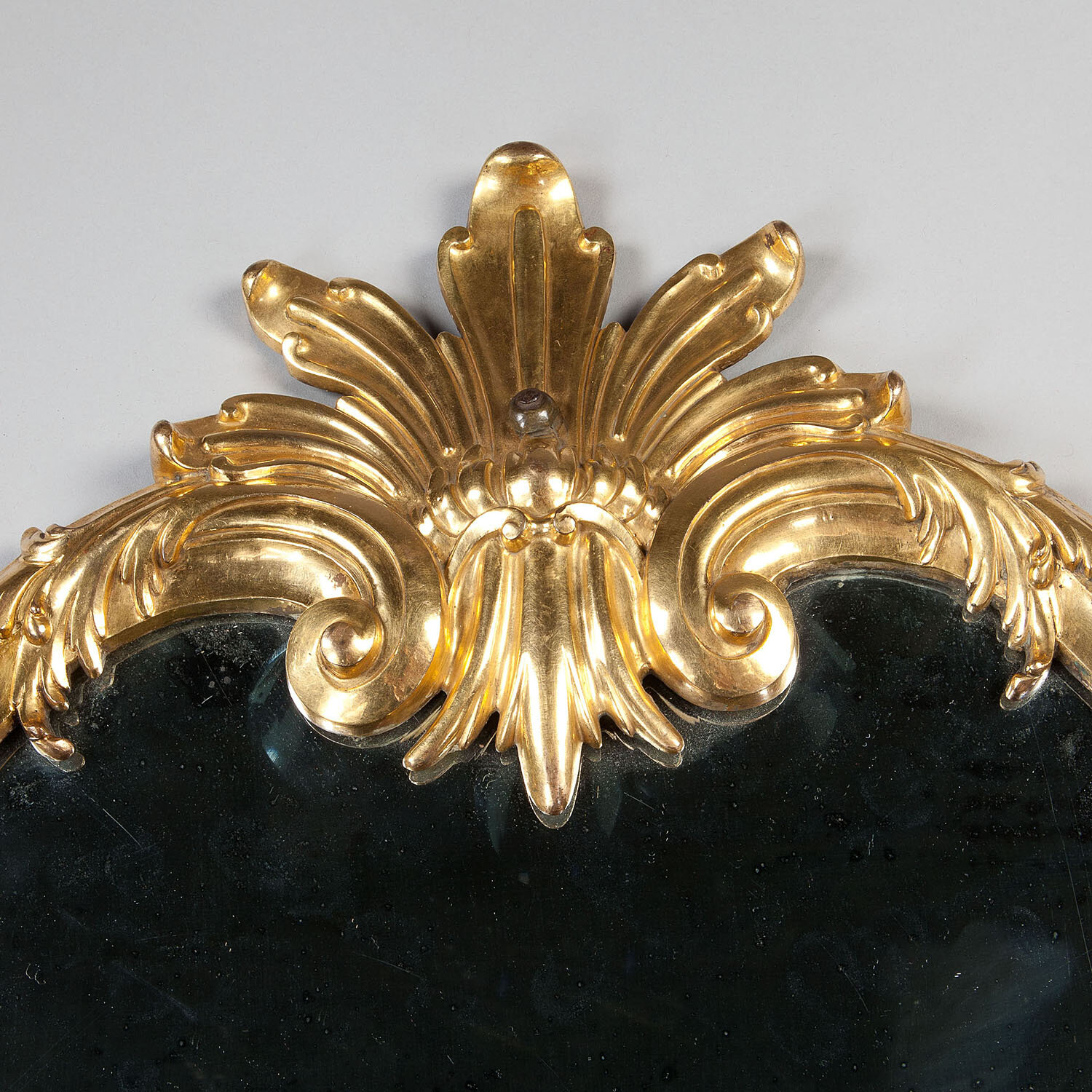This article is taken from the October 2021 issue of The Critic. To get the full magazine why not subscribe? Right now we’re offering five issue for just £10.
Simon Pugh is a runner. It is a familiar term within the antiques business but one that needs some explanation outside it. After all, when my son, Vladimir, was asked at school what his father did, he replied that he was dealer. In a South London primary school that only meant one thing and it wasn’t to do with antiques.
If a runner has a piece for more than a few days he has failed and he is either stuck with it or has to return it
So I will clarify briefly that a runner is someone who runs an object from one dealer to another. Sometimes they have bought it but often they have borrowed it — as the saying goes they have it “on the elbow”.
The business of being a runner is therefore very fluid and speedy. If a runner has a piece for more than a few days he has failed and he is either stuck with it or has to return it. Feast or famine, in fact it is usually a case of a meal or famine as the margins for runners are generally very tight or they are dealing in very low values — which for our business means under £750.
As you might expect, runners function out of vans — everything is done by popping open their doors and making their pitch to the prospective buyer on the street. You have to be rhino-hide tough, because you have to be prepared for shop owners treating you with disdain, keeping you waiting and speaking superciliously. Your goods are rejected time after time until they find a home. All of this happens over a few hours. It is intense and can take its toll, but those that survive in this incandescence can do well.
Runners tend to be slender cats rather than fat ones, but they can flourish. They get to know a few favoured dealers well, to understand their taste and can rise to “preferred” supplier status. But while in the heyday of the antique trade runners abounded, we are now reduced to a few hardy survivors.
The first thing I notice about Simon Pugh, as he enters the pub where we are having lunch — the fabulous Michelin-listed Canton Arms in South Lambeth Road — is his broad cheerful smile. He is a good-looking fellow with swept back silver hair and relaxed, slightly hippyish attire.
He has had one hell of a life. He sits before me as buoyant as anything, happily married, offspring and twenty years of robust trading behind him — but his journey here has been a picaresque Odyssey. He has coped with tragedy and come through all the tempting addictive demons that modern life puts before us. As we say in this business he is in “good country house condition”.
Following adventures in punk fashion and selling jeans on the Kings Road he had a university length stint at Christies South Ken. Graduating with a huge amount of knowledge in a wide range of subjects, he turned to running.
As we say in this business he is in “good country house condition”
After many travails, including a brief stint as a Portobello Road stall holder, Simon sold showroom props to many of the fashion brands, among them, Diesel and Paul Smith. From there he has built up his business over the last 15 years and now has a regular round of dealers and decorators in London; on average he sells two or three things a week. He keeps as little stock as possible and tries to only own things for a matter of weeks.
Simon Pugh is in many ways the archetypal runner; he has led a maverick life, an office job would be an absurdity, he is constantly on the move, running to keep up with the ever-changing antiques trade. Currently he is gestating his next business idea and he has all the fire of a new man to get it going. Avuncular now at the age of 63, he wants to pass on what he has learnt and is keen to share his knowledge of furniture construction, timber and history.
He says that he has never liked the idea of acting but he is a bit of a showman. He likes to wear a sort of cowboy hat and is always positive and blithe even when having his goods rejected. In other words, he has been performing all his working life.































